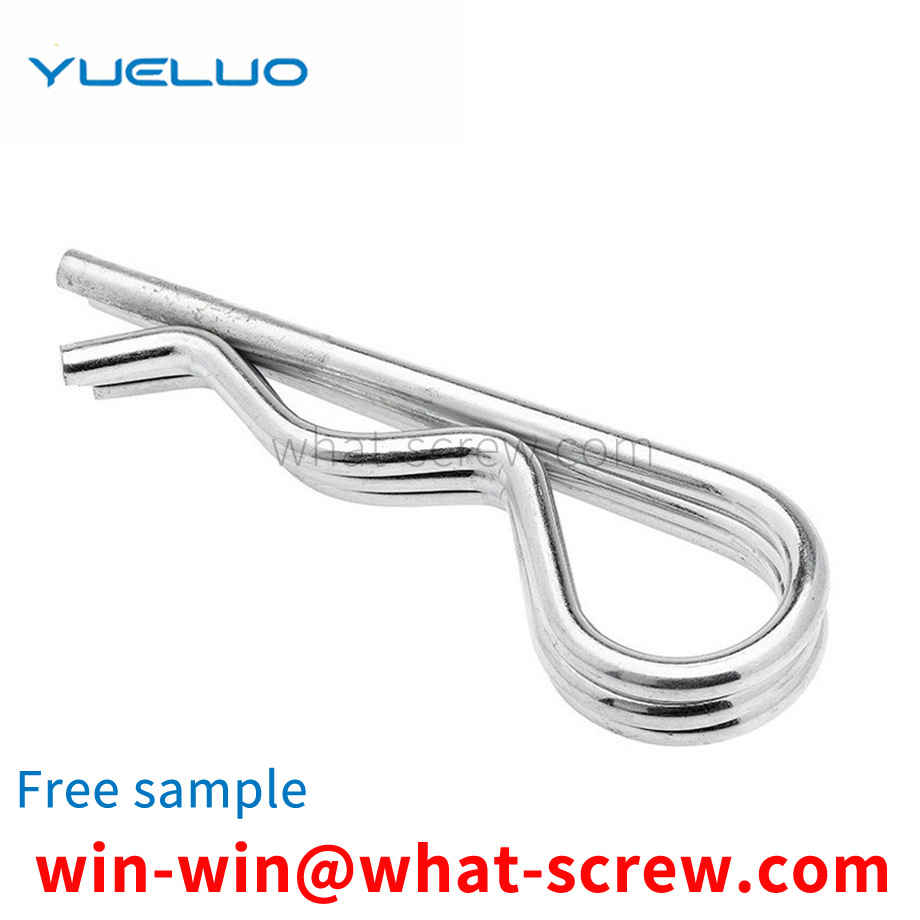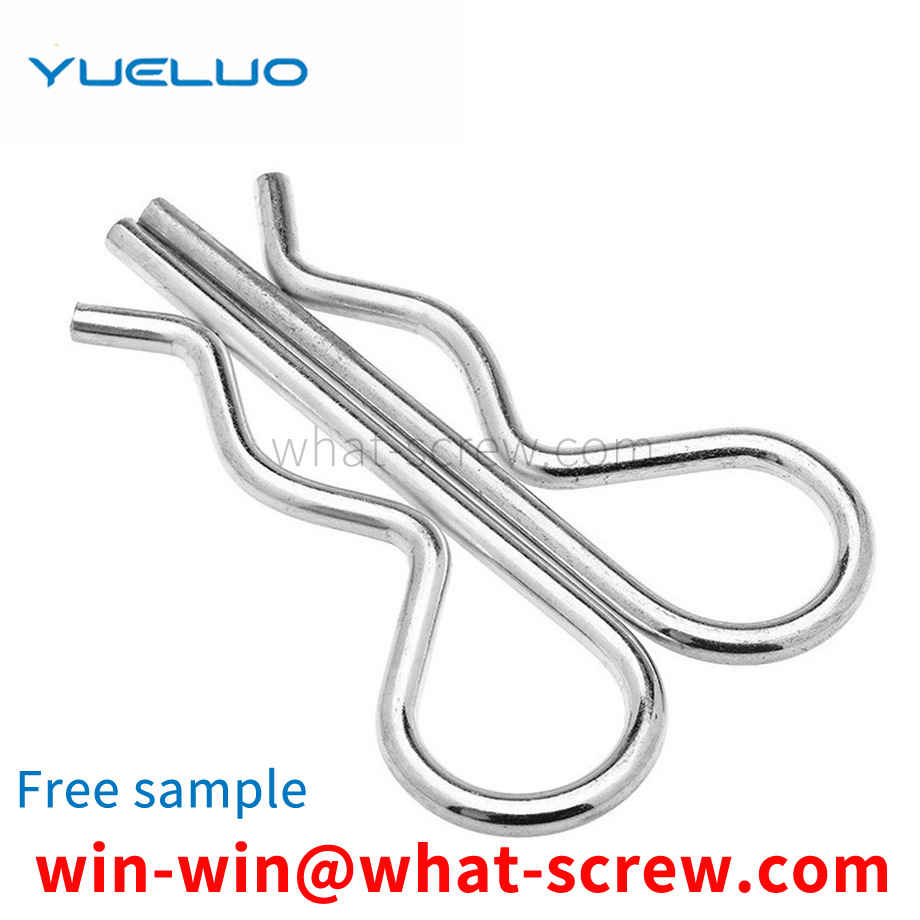At present, the commonly used fastener loosening prevention methods generally include non-removable anti-loosening solutions and friction-increasing anti-loosening solutions. The non-removable anti-loosening scheme uses welding, bonding or punch point riveting to change the detachable threaded connection into a non-detachable threaded connection. In the non-removable anti-loosening scheme, the threaded fasteners cannot be reused and the operation is troublesome. It is often used in some important occasions that require high anti-loosening performance without disassembly. The anti-loosening scheme that increases the frictional force uses the method of increasing the frictional force of the bolt (screw) head and the end face of the nut to achieve the purpose of anti-loosening. The anti-loosening solution that increases friction is not limited by space and can be disassembled repeatedly, but the reliability is poor. After a certain period of work, the anti-loosening effect will be reduced due to vibration and other reasons.
In another embodiment of Guangdong Yueluo Hardware Industrial Co., Ltd., the conveying device 3 includes a motor 31 and a circular rotating disk 34, the motor 31 drives the circular rotating disk 34 to rotate, and the circular rotating disk 34 is evenly provided with screws in the circumferential direction. The matching screw accommodating hole 35, the screw enters the screw accommodating hole 35, the motor 31 drives the circular rotating plate 34 to rotate, so that the screw is first slotted by the cutting wheel 42, and then polished by the fixing wheel 48, and the screw is in the screw accommodating hole 35. It is fixed, which is more secure and reliable during the slotting process. Preferably, the circular rotating disk 34 includes a circular rotating disk 32 and a sector-shaped fixed disk 33. The circular rotating disk 32 is evenly provided with screw receiving recesses matching the screws in the circumferential direction, and the recesses and the sector-shaped fixed disk 33 are formed with the screws The matching screw receiving holes face the cutting wheel 42 and the fixing wheel 51 .
(1) The screw-in performance test is to screw the self-tapping locking screw sample into the test plate until one complete thread completely passes the test without breaking. (2) The destructive torque test is to clamp the stem of the self-tapping locking screw specimen in a thread mold or other device that matches the screw thread, and uses a calibrated torque-measuring device to measure the screw. Torque is applied until fracture, which should not occur in the clamped threaded portion. (3) Carry out a tensile test on the screw sample to check the minimum tensile load for failure. The fracture should be within the length of the rod or the unthreaded thread, and should not occur at the junction of the nail head and the rod. Before the sample breaks, it should be It can reach the minimum tensile load specified by the corresponding performance class. (4) Hydrogen embrittlement is a problem that must be strictly paid attention to in the surface treatment process of self-tapping locking screws. In the pickling process, the screw is stirred in dilute hydrochloric acid, and the amount of hydrogen absorbed by the pickling steel increases linearly with the square root of time and reaches the saturation value. Less than 100%, a large number of hydrogen atoms will be produced, which will be attached to the surface of the screw, resulting in hydrogen infiltration, and the steel will become brittle due to the absorption of hydrogen. The self-tapping locking screw takes 6~8h to drive hydrogen, and the temperature is 160~200℃ (phosphating) and 200~240℃ (electroplating). However, in the production process, the hydrogen drive time should be determined according to many production conditions such as core hardness, surface roughness, electroplating time, coating thickness, pickling time, and acid concentration. It is best to do it before passivation and just after electroplating.
A hand screw is a screw with a plastic head, and the user fixes the hand screw by turning the plastic head by hand. At present, a hand screw is disclosed in the market publication number CN202203253U, which includes a plastic head and a screw rod, the plastic head and the screw rod are connected together, and the height of the plastic head is higher than that of an ordinary screw, and the height is 13 cm. The screw of the hand screw is fixed in the plastic head by glue. After a period of use, the aging of the glue leads to the loosening of the screw and the plastic head. When the plastic head is stressed, the screw rod comes out of the plastic head, which affects the normal use of the hand screw.
Bolts are widely used in the machinery industry. Round head bolts are generally fixed in equipment parts, but during long-term use, due to external force or vibration of the equipment itself, the bolts are loosened, and the bolt heads have a long-term use process. A fatal disadvantage is that it is prone to slippage, which can cause major safety hazards and economic losses to users in severe cases.
We have many years of experience in the production and sales of screws, nuts, flat washers, etc. The main products are: PM pan head screws, brass cap nuts, JISB2809 bolts, thickened washers and other products, we can provide you with suitable fastening products piece solution.



















 Service Hotline
Service Hotline




